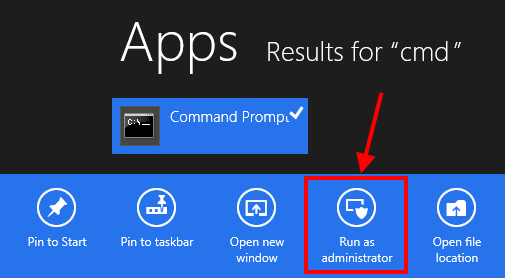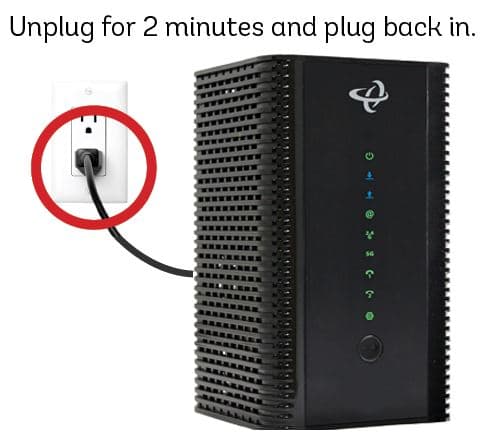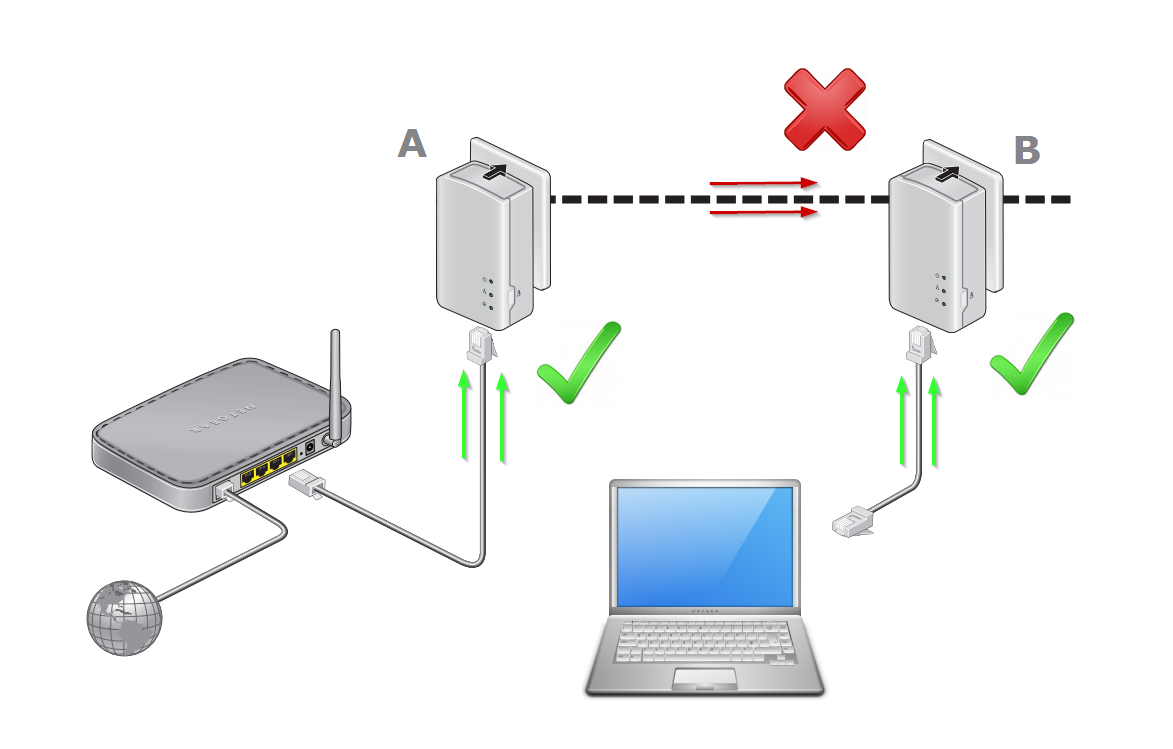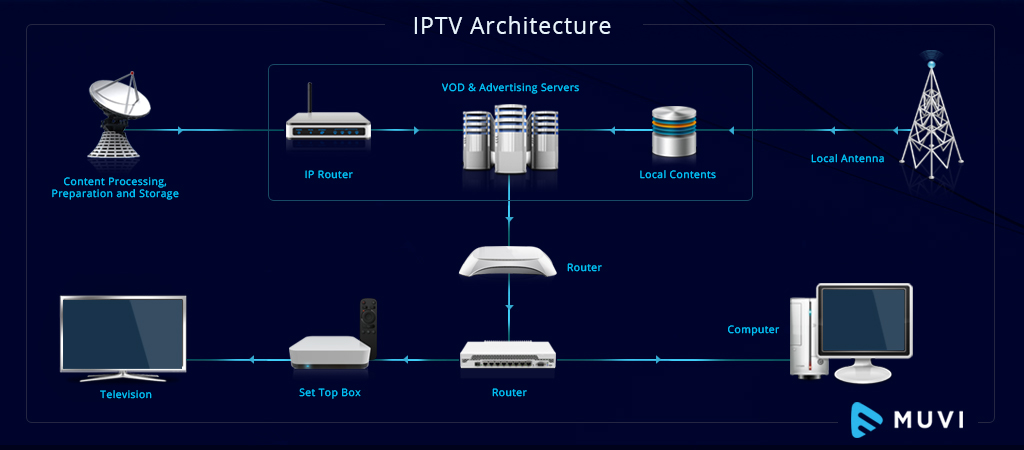Installing a home security camera system is an effective way to enhance the safety and surveillance of your property. However, managing the cables that power and connect these cameras can be a challenge, especially if you want to maintain a clean and professional look. Long, exposed wires not only detract from your home’s aesthetic but can also pose tripping hazards. In this comprehensive guide, we’ll explore expert techniques and innovative solutions for hiding security camera cables in 2024.
Assessing Your Cable Management Needs
Before implementing any cable management solutions, it’s essential to evaluate your specific requirements. Consider the following factors:
- Number and location of cameras
- Distance between cameras and power sources
- Desired level of concealment
- Accessibility for maintenance and troubleshooting
By understanding your unique needs, you can select the most appropriate strategies for hiding your security camera cables.
Industry Standards and Best Practices
When concealing camera wires, it’s crucial to adhere to industry standards and best practices to ensure safety, reliability, and compliance. Key guidelines include:
- Following National Electrical Code (NEC) regulations for low-voltage wiring
- Using UL-listed and fire-rated materials for cable management
- Maintaining proper bend radii to prevent signal degradation
- Allowing for future expansion and modifications
By aligning your installation with these standards, you can achieve a professional and code-compliant result.
Techniques for Concealing Camera Cables
Raceway Systems
One of the most effective methods for hiding security camera wires is using raceway systems. These surface-mounted channels, such as the Legrand Wiremold CMK50 Cord Mate II Kit, provide a clean and organized way to route cables along walls, baseboards, or ceilings. Benefits of raceway systems include:
- Easy installation with minimal disruption to existing structures
- Paintable covers to match surrounding décor
- Modular design for customization and expansion
- Protection against physical damage and tampering
When selecting a raceway system, consider factors such as cable capacity, corner fittings, and adhesion methods to ensure compatibility with your specific application.
Cable Clips and Ties
For shorter cable runs or temporary installations, cable clips and ties offer a simple and cost-effective solution. Products like the Single Coaxial Cable Clips allow you to secure wires at regular intervals along baseboards or walls, keeping them neat and close to the surface. When using cable clips, keep in mind:
- Spacing clips evenly to prevent sagging or excess slack
- Choosing clips with a strong adhesive or screw-mount option for durability
- Opting for UV-resistant materials for outdoor installations
- Using cable ties to bundle multiple wires together for a cleaner appearance
Painting and Camouflaging
In some cases, simply painting or camouflaging the camera cables can significantly reduce their visibility. This technique works best for installations where the wires can be closely aligned with the surrounding surface. To paint or camouflage your camera cables:
- Choose a paint color that closely matches the wall or ceiling
- Ensure the cable jacket is compatible with the selected paint
- Apply multiple thin coats to avoid clumping or uneven coverage
- Use cable covers or sleeves that mimic the texture of the surrounding material (e.g., bark, rock, or foliage)
While painting and camouflaging can be effective, it’s important to note that this method may not provide the same level of protection or durability as raceway systems or cable clips.
Selecting the Right Cables
The type and quality of the cables you use can greatly impact the performance and longevity of your security camera system. When selecting cables, consider the following factors:
Cable Types and Specifications
- Coaxial cables (RG59 or RG6) for analog cameras
- Ethernet cables (Cat5e or Cat6) for IP cameras
- Siamese cables for combined power and video transmission
- HDBaseT cables for long-distance, high-resolution video transmission
Ensure that the cable specifications match the requirements of your cameras and recording equipment, such as bandwidth, signal attenuation, and shielding.
Length Considerations
While it may be tempting to use the pre-packaged, extra-long cables that come with many security cameras, excess wire can make concealment more challenging. Consider the following:
- Measure the distance between the camera and the power source or recorder
- Select a cable length that allows for a small amount of slack for flexibility
- Use cable extenders or powered repeaters for longer runs to maintain signal integrity
By choosing the appropriate cable length, you can minimize clutter and simplify the concealment process.
Matching Colors and Materials
When possible, select cables that closely match the color and texture of the surfaces they will be running along. This can help reduce their visual impact and make concealment easier. Consider:
- White cables for white walls or ceilings
- Black cables for dark surfaces or low-light environments
- Flat or paintable cables for seamless integration with walls or baseboards
- UV-resistant cables for outdoor installations exposed to sunlight
By selecting cables that blend in with their surroundings, you can achieve a more professional and discreet installation.
Professional Installation Tips
Planning Cable Routes
Before beginning the installation process, take the time to carefully plan your cable routes. This involves:
- Identifying the most direct and least visible path between cameras and power sources or recorders
- Avoiding high-traffic areas or potential points of interference
- Considering future maintenance and accessibility needs
- Creating a detailed wiring diagram or schematic for reference
By thoroughly planning your cable routes, you can minimize the need for rework and ensure a more efficient and organized installation.
Drilling and Fishing Wires
In some cases, concealing camera cables may require drilling through walls, ceilings, or floors to route wires. When drilling and fishing cables:
- Use a stud finder to locate and avoid drilling into structural elements or utilities
- Select the appropriate drill bit size for the cable diameter and wall material
- Use fish tape or pull strings to guide cables through the drilled holes
- Seal any holes with fire-rated caulk or putty to maintain the integrity of the structure
Always exercise caution when drilling and fishing wires, and consult with a professional if you are unsure about the process.
Ensuring Proper Strain Relief
To prevent damage to your camera cables and ensure long-term reliability, it’s essential to provide proper strain relief at connection points. This can be achieved by:
- Using cable glands or grommets to secure cables at entry and exit points
- Allowing for a small service loop to accommodate movement or settling
- Securing cables to stable surfaces using cable ties or mounts
- Avoiding sharp bends or kinks that can stress the cable jacket or conductors
By implementing proper strain relief techniques, you can minimize the risk of cable failure and extend the lifespan of your security camera system.
Wireless Alternatives and Emerging Technologies
As technology advances, wireless security cameras are becoming increasingly popular, offering a cable-free solution for home surveillance. Some benefits of wireless cameras include:
- Easier installation without the need for complex wiring
- Increased flexibility for camera placement and relocation
- Reduced visual clutter and simplified cable management
However, wireless cameras also come with their own set of challenges, such as:
- Limited battery life and the need for frequent recharging
- Potential signal interference or range limitations
- Increased vulnerability to hacking or jamming attacks
When considering wireless alternatives, evaluate your specific needs and weigh the pros and cons against traditional wired systems. Emerging technologies like 5G and AI-powered cameras may also offer new possibilities for cable-free surveillance in the near future.
Cost Analysis and Long-Term Reliability
When investing in cable management solutions for your security cameras, it’s important to consider both the initial costs and long-term reliability. While some methods, like painting or using cable clips, may be more affordable upfront, they may not provide the same level of protection or durability as more robust solutions like raceway systems.
Consider the following factors when evaluating the cost and reliability of cable management options:
- Material quality and durability
- Ease of installation and maintenance
- Compatibility with future upgrades or expansions
- Warranty coverage and manufacturer support
By investing in high-quality, reliable cable management solutions, you can ensure the longevity and performance of your security camera system while minimizing potential downtime or repair costs.
Environmental Considerations
As with any electrical installation, it’s crucial to consider the environmental impact of your cable management choices. This includes:
- Selecting materials that are RoHS (Restriction of Hazardous Substances) compliant
- Opting for cables with low-smoke, zero-halogen (LSZH) jackets to reduce toxic fumes in case of fire
- Properly disposing of any waste or scrap materials during installation
- Considering the energy efficiency of your camera system and associated components
By making environmentally conscious decisions during the cable management process, you can reduce your ecological footprint and contribute to a more sustainable future.
Future Outlook and Industry Trends
As the demand for home security continues to grow, the industry is constantly evolving to offer more advanced and user-friendly solutions. Some key trends to watch in 2024 and beyond include:
- Increased adoption of wireless and battery-powered cameras
- Integration with smart home systems and IoT devices
- AI-powered analytics for proactive threat detection and alerts
- Blockchain technology for secure data storage and transmission
- Sustainable and eco-friendly cable management materials
By staying informed about these emerging trends, you can make future-proof decisions when designing and implementing your security camera cable management system.
Conclusion and Key Takeaways
Hiding security camera cables is essential for achieving a professional, aesthetically pleasing, and safe installation. By following industry best practices, selecting the right materials, and implementing proven concealment techniques, you can ensure that your camera system performs optimally while maintaining a clean and discreet appearance.
Key takeaways from this guide include:
- Assess your specific cable management needs before selecting a solution
- Adhere to industry standards and best practices for safety and compliance
- Consider a combination of raceway systems, cable clips, and camouflaging techniques
- Select the appropriate cable types, lengths, and colors for your installation
- Plan cable routes carefully and ensure proper strain relief at connection points
- Evaluate wireless alternatives and emerging technologies for future-proof solutions
- Consider the long-term costs, reliability, and environmental impact of your choices
- Stay informed about industry trends and advancements in cable management
By implementing these expert tips and strategies, you can achieve a professional-grade security camera installation that provides reliable surveillance while seamlessly integrating with your home’s décor.







